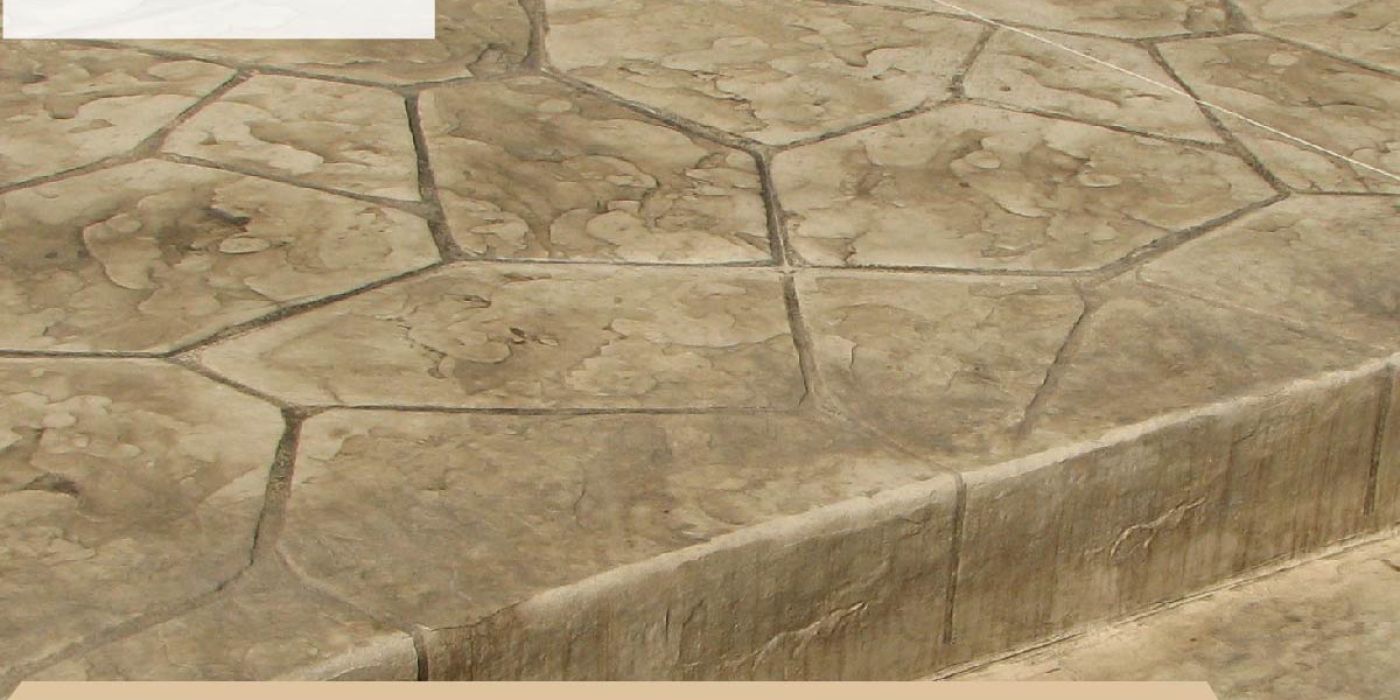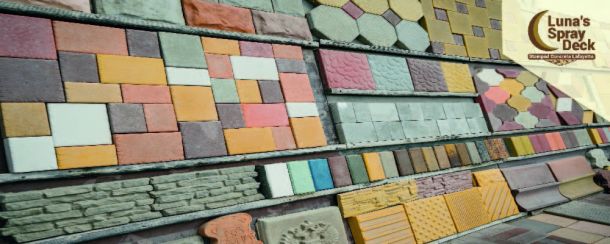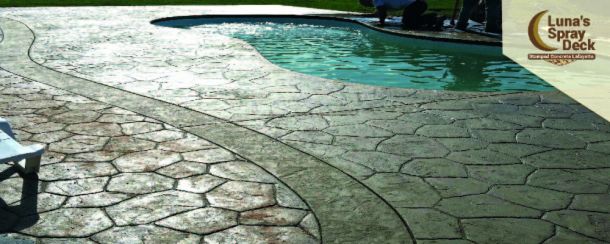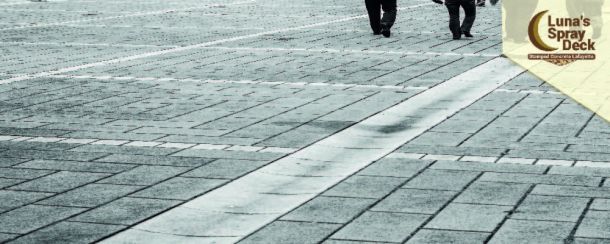
A Comprehensive Beginner's Guide to Stamped Concrete
BLOG
Ayudando a propietarios de negocios con recubrimiento de concreto estampado en la ciudad de Lafayette, Opelousas, Lake Charles, Youngsville y Baton Rouge.
Patterns and Templates in Stamped Concrete
Stamped concrete has revolutionized the world of architectural and landscape design, allowing for a wide range of creative possibilities. One of the key elements that make stamped concrete so versatile and visually appealing is the use of patterns and templates. In this blog post, we will explore the world of patterns and templates in stamped concrete and how they can elevate your project to the next level.
1. What Are Stamped Concrete Patterns?
Stamped concrete patterns are essentially the imprints or textures that are embossed onto the surface of the concrete while it's still in its malleable state. These patterns are created using specialized stamping mats, which are often made from high-quality polyurethane or rubber. These mats are designed to replicate the look and feel of various natural materials, such as stone, brick, wood, or tile.
2. The Versatility of Patterns
Stamped concrete patterns offer a vast array of design options. Some popular patterns include:
Cobblestone: Capture the classic and timeless appeal of cobblestone streets in your driveway or walkway.
Ashlar Slate: Achieve the elegant look of natural stone with the intricate patterns of ashlar slate.
Herringbone: Create a unique and visually stunning layout with herringbone patterns.
Basket Weave: This pattern adds texture and interest, mimicking the appearance of woven materials.
3. Customization with Color
In addition to patterns, stamped concrete can be customized with various color options. These colors can be applied to the concrete to mimic the appearance of the natural material being replicated, or they can be used to create entirely unique and imaginative designs.
4. Using Templates for Precision
Templates or templates are essential tools in stamped concrete projects. These templates are used to achieve precise and uniform designs. For example, templates can be used for creating consistent geometric patterns or intricate tile designs.
5. The Stamping Process
The process of creating stamped concrete involves several steps:
Pouring the Concrete: Fresh concrete is poured and leveled to create a smooth surface.
Color and Release Agents: Color is applied to the concrete, and release agents are used to prevent the stamping mats from sticking to the surface.
Stamping: Stamping mats are carefully placed and pressed into the concrete to create the desired patterns.
Finishing and Sealing: The stamped surface is finished, and a protective sealer is applied to enhance the appearance and durability.
6. Maintenance and Longevity
Stamped concrete, when properly installed and maintained, can last for many years. Regular sealing and minimal maintenance are required to preserve its appearance and extend its lifespan.
7. Conclusion
Patterns and templates play a crucial role in the world of stamped concrete, allowing for the creation of visually stunning surfaces that mimic the appearance of natural materials. The versatility and creative potential of stamped concrete make it a popular choice for both residential and commercial projects. To explore the full range of patterns, templates, and design possibilities, consult with a professional concrete contractor who can turn your design vision into reality.
Beautiful Patios in Houston, Houston Stunning Stamped Walkways, Premier Stamped Concrete Experts, Transforming with Stamped Concrete, Exquisite Pool Deck Transformations, Houston Stamped Driveway Specialists, Grand EntryWays in Texas, Epoxy Garage Floors in Houston, Faux Wood Stamped Concrete, Wood Plank Concrete Magic, Perfecting Mastic Joints in Houston, Crafting Custom Stamped Surfaces, Artistry in Concrete Texture, Pool Deck Elegance in Houston, Enhancing Patios in Texas, Creative Concrete Walkway Designs, Stamped Concrete Lafayette, Luna's Spray Deck LLC
Nearby Accommodations
Latest Articles

Eco-Friendly Alternatives to Concrete

Stamped Concrete in Wet Areas



